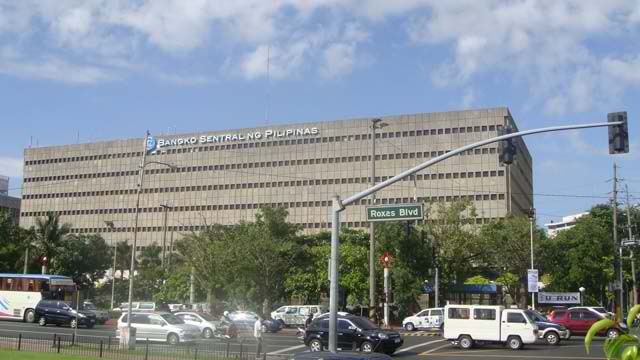SUMMARY
This is AI generated summarization, which may have errors. For context, always refer to the full article.

MANILA, Philippines- External factors, and not the destruction caused by Super Typhoon Yolanda, are the biggest threats to the country’s economic growth, according to the Bangko Sentral ng Pilipinas Governor.
Speaking at a Foreign Correspondents Association of the Philippines (FOCAP) forum on Friday, November 29, BSP Governor Amando Tetangco said government can still meet its targets on gross domestic product (GDP) growth and inflation despite the devastation brought by Yolanda.
“Current assessments show that the impact on overall GDP in 2013 would be manageable. The expected expenditures for relief, rehab and reconstruction should help keep GDP in 2013 and 2014 within the NG (national government) target,” he said.
The National Economic and Development Authority (NEDA) has said that the Philippines can still post a 7% full year growth for 2013 despite a possible cut of 0.3 to 0.8 percentage points in the 4th quarter GDP figure. That’s still within the full year target of 6-7% growth.
Yolanda will cause a spike in the cost of commodities in the last 2 remaining months of the year, but the acceleration would still be within the government’s target of 3-5% inflation rate since “the weight of the affected regions in the national CPI is relatively small,“ Tetangco noted. The worst-hit provinces are the copra-producing areas of Eastern Samar and Leyte.
But external factors, particularly developments in the financially-troubled advanced economies – the United States, Japan, the European Union – can threaten Philippine growth rate, which is now the second highest in the region, he said.
Troubled giants
Even before Yolanda struck on November 8, the BSP has been been keeping a close watch on the tapering of the stimulus program by the US, the recovery in Europe, the impact of the so-called Abenomics on Japan, and China’s fast growth.
Japan’s GDP growth slowed down by 1.9% in the third quarter of 2013 despite the drive of Prime Minister Shinzo Abe to stimulate the economy through changes in fiscal and monetary policies.
Japan accounted for 20% of the Philippines exports in the first semester of 2013.
China, the world’s second largest economy and the country’s biggest trading partner in 2012, posted a 7.8% GDP growth during the 3rd quarter. It recently announced major changes in its social and economic policies that paved the way for consumption-driven growth and greater private sector participation.
The Eurozone, an economy composed of 17-country currency bloc, posted a growth of 0.1% in July-to-September, a slowdown from 0.3% growth in the second quarter.
“On the financial side, it’s the uncertainty on fed tapering. Of course it will impact on the economy if not addressed, “ Tetangco stressed.
Strong fundamentals?
But the Philippines can buffer the negative effects of these threats as the country’s fundamentals remain strong, he said.
“We have sources of resilience, aside from strong macroeconomy with our GDP growth. We have benign inflation and surplus, much improved indicators,“ Tetangco explained.
The BSP governor noted that the country can withstand the possible effects of the anticipated US tapering because the government has excess money.
“Impact tends to be less if there’s surplus. That is where we are. The Philippines has had 10 consecutive years of current account surpluses, “ Tetangco noted.
The Philippines’ account surplus surged in the second quarter of 2013 at US$2.5 billion, up by 9.1% from the same period in 2012.
The other source of resilience, according to the BSP governor, is the state of the banking sector and financial markets.
“A good source of buffer to external shocks, the Philippine banking system points to significant improvements in terms of higher capitalization, better asset quality… improved corporate governance, better disclosure, adherance to international accounting standards, and better risk management, “ Tetangco said.
But the Central Bank is not being complacent. “We’re not saying we should relax given all these developments. We have sharpened monitoring and risk management [and] enhanced surevillance of financial markets as well financial systems, “ Tetangco stressed. – Rappler.com
Add a comment
How does this make you feel?
There are no comments yet. Add your comment to start the conversation.